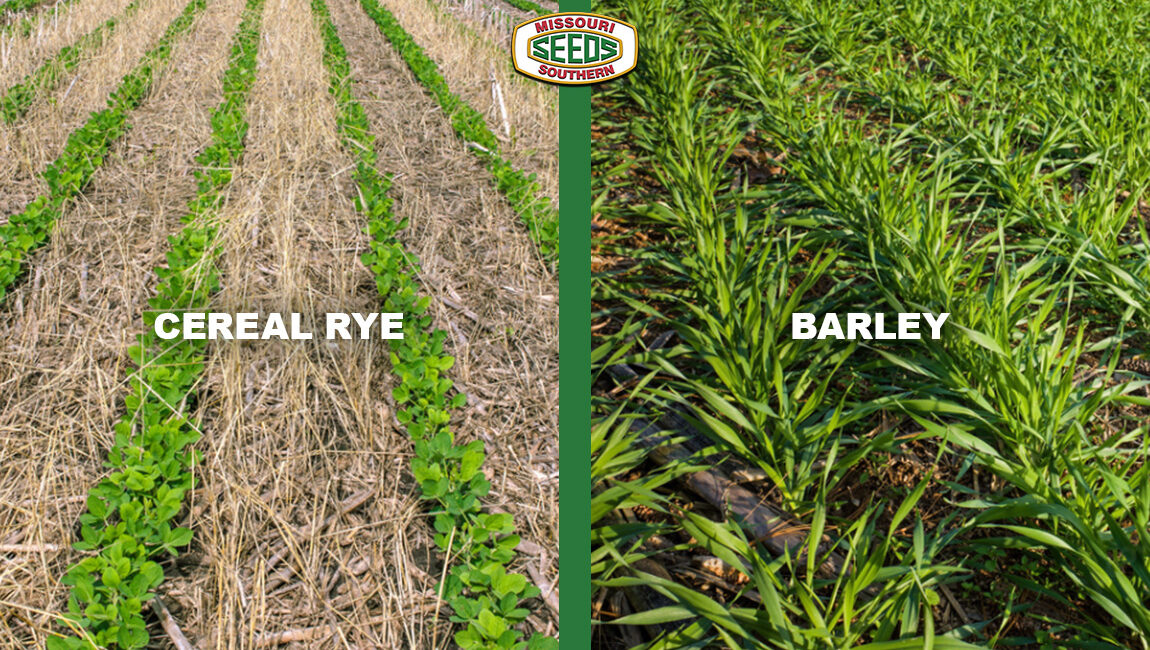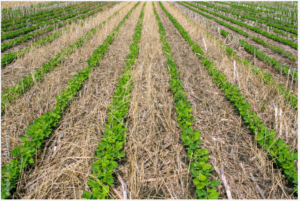
Take note of the best seeding rates and planting prep for your cereal plantings.

Cereal Rye
Commonly known as the hardiest of cereals, rye is able to be seeded later in the fall than other cover crops as it provides considerable amounts of dry matter, an extensive soil-holding root system, significant reduction of nitrate leaching and suppresses weeds.
Although rye is widely adapted, this cereal grows best in zones with cooler temperatures. Rye overseeds readily into many high-value, agronomic crops and resumes growth quickly in the spring. This allows for timely killing of the rye by rolling, mowing or applying herbicides.
Rye prefers slightly loamy or sandy soil, but will grow in soils made of heavy clay and poor drainage. This cereal is hardy enough to germinate even in fairly dry soils.
For winter annual use, seed from late summer to late fall in the transition zone.
Rye is more sensitive to seeding depth than other cereals, so plant depth should be 1-2 inches. Drill 60 to 120 lb./acre into a prepared seedbed or broadcast at 90 to 160 lb./acre and disk lightly or cultipack. Use a lower rate of 20-50 lbs per acre when planting as a mix.
Rye can be overseeded by air more consistently than other cover crops.
Barley
Inexpensive and easy to grow, barley provides erosion control and weed suppression in semi-arid regions and light soils. Barley is more salt tolerant than other small grains and absorbs excess subsoil moisture to prevent saline seep formation.
Barley prefers cool, dry growing areas. It can be grown farther north than any other cereal grain due to its short growing period. This cereal can produce more biomass than any other cereal crop throughout its growing season.
Barley establishes in prepared seedbeds and can also be successfully no-tilled. This cereal crop prefers adequate moisture as it grows best in well-drained, fertile loamy, clay soils in areas with mild winters. Barley also grows well in light, droughty soils as well as tolerates somewhat alkaline soils better than other cereal crops.
If broadcasting, prepare the seedbed with at least a light field cultivation. Sow 80 to 125 lb./acre and harrow, cultipack or disk lightly to cover. Use a lower rate of 25 to 50 pounds if overseeding as a companion crop or a higher rate of 140 pounds for very weedy fields.
Barley can be used as a winter annual cover crop if it is grown as a winter grain crop. This cereal crop is less winter-hardy than rye, but can still produce well throughout the transition zone. Plantings before October 15th generally fare best, largely due to warmer soil conditions.

